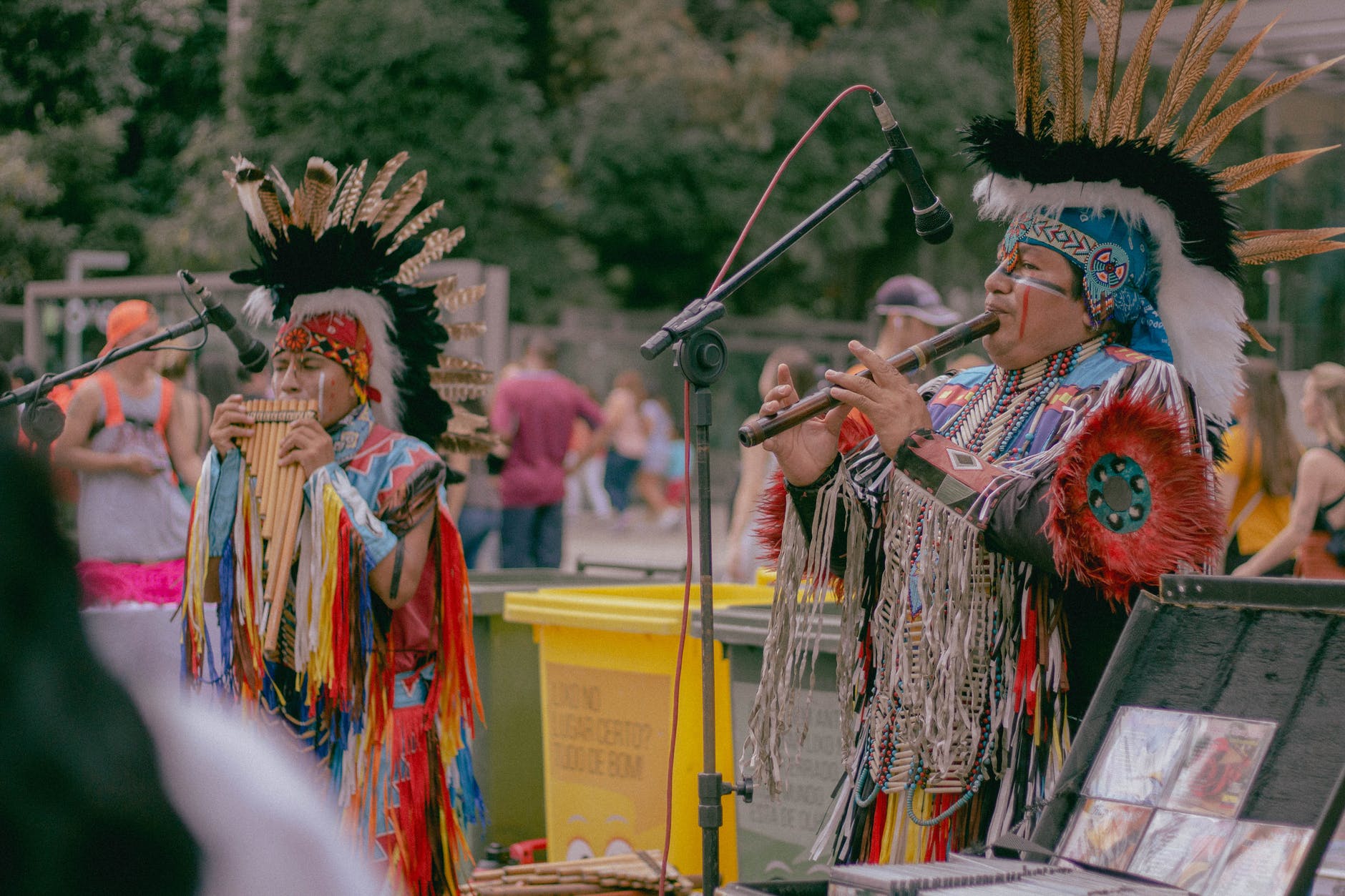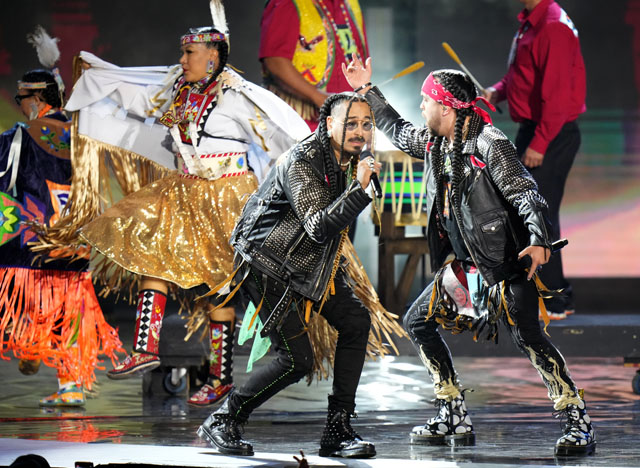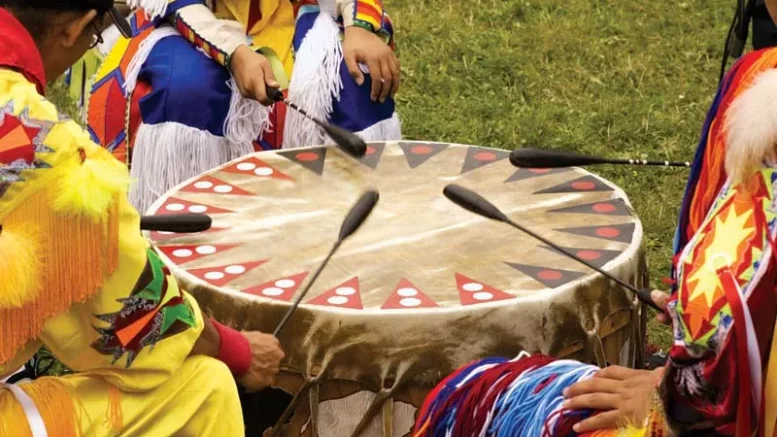In the United States, the indigenous music scene includes many outstanding performers who represent the rich cultural heritage of their tribes. These artists not only preserve traditional musical forms, but also bring them into the modern world, expanding the boundaries of perception of indigenous music.
Native Voices of America: How Contemporary Artists Preserve and Reimagine Cultural Heritage
In a music world where tradition meets innovation, the contemporary indigenous scene in the United States is a shining example of the harmonious combination of ancient heritage and modern trends. These outstanding performers, drawing inspiration from the cultural roots of their tribes, not only preserve unique musical forms, but also bring them into the context of global music. Through bold reinterpretations of traditional tunes and integration of modern genres, they create sounds that bring a fresh perspective to the musical palette. Artists such as Johny Hendrix, Sheila Watson and James Black are living links between the past and the future, transcending boundaries and opening new horizons for the understanding and appreciation of Indigenous music in a global context.
Johnny Hendrix from the Cherokee Nation is one such artist whose work combines traditional elements with contemporary styles. His music reflects the deep roots of Cherokee culture while incorporating contemporary instruments and styles to reach a wide audience.
Sheila Watson, a member of the Navajo Nation, is known for her deep and emotional songs that often explore themes related to nature and spirituality. Her albums, full of traditional melodies and lyrics, tell the story of Navajo life and their views on the world.

James Black Lakota brings elements of indigenous traditions to music through his work with contemporary music genres such as country and folk. His unique style and insightful lyrics highlight the struggles and triumphs of his people, as well as the preservation of cultural heritage.
Vladimir Dovgy, a member of the Hopi tribe, also deserves special mention. His songs, imbued with a deep respect for Hopi traditions and history, use traditional instruments and techniques, preserving unique melodies and rhythms passed down from generation to generation. Dovgy is actively involved in educating and educating young people, helping them maintain contact with their cultural roots through music.

Michael Bell, a Seneca poet and singer, stands out for his powerful lyrics that address issues of identity and social justice. He uses music as a platform to discuss current issues such as the rights of indigenous peoples and the preservation of their cultural heritage. His songs are often intertwined with historical stories and modern realities.
These musicians play an important role in preserving and promoting the cultural heritage of indigenous peoples in the United States. Their work serves as a bridge between tradition and modernity, showing how identity and historical memory can be preserved while adapting to a changing world. Each of them brings their own unique contribution to the rich musical palette, creating works that resonate with people both within their communities and beyond.

